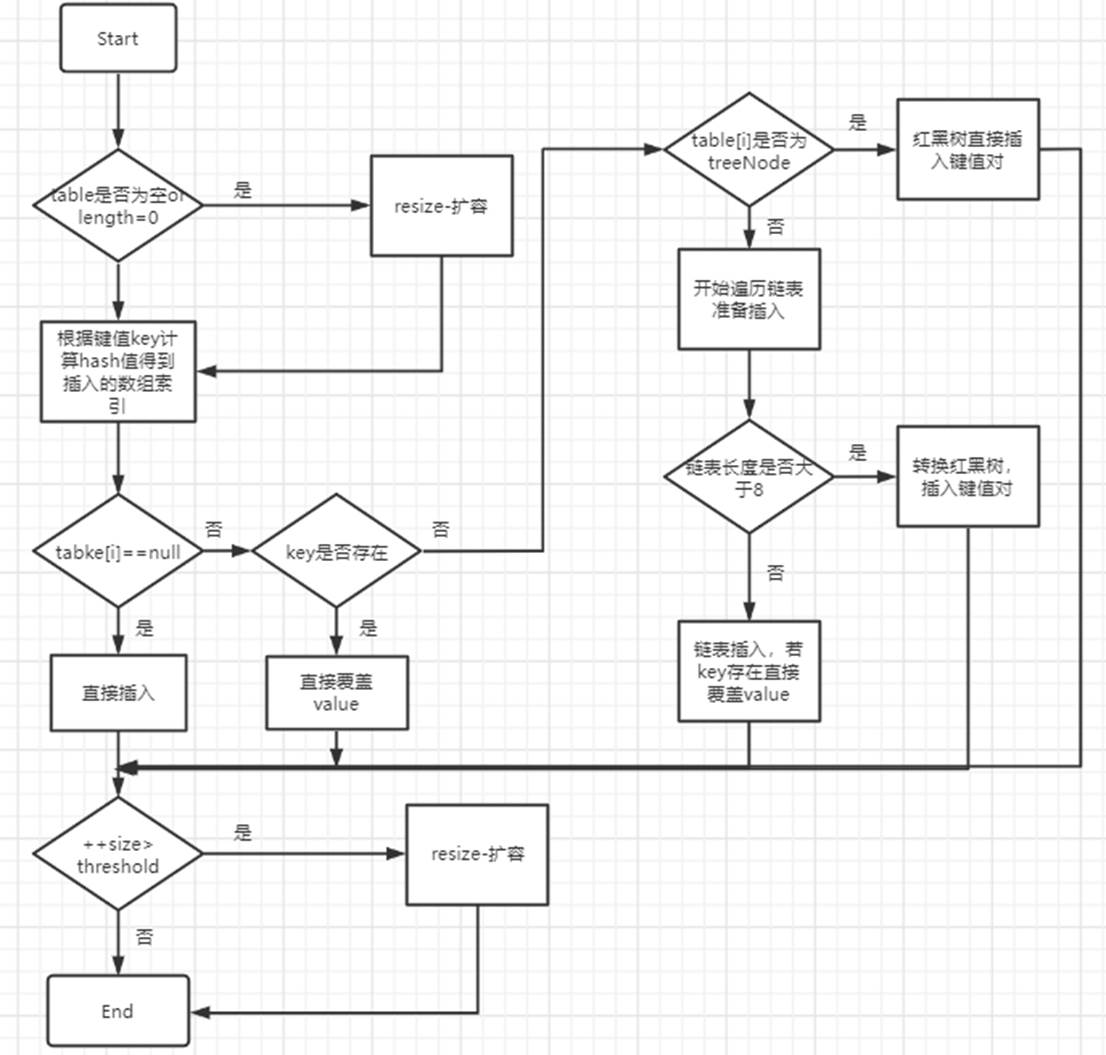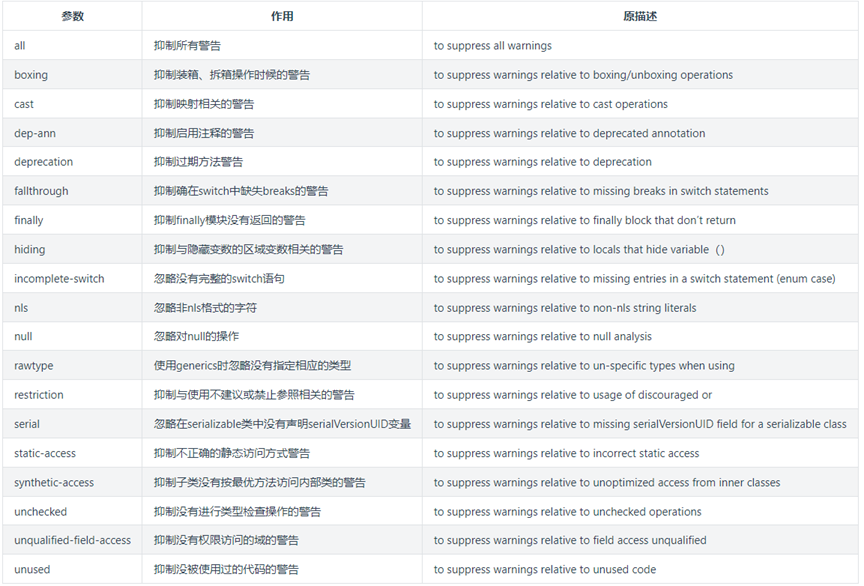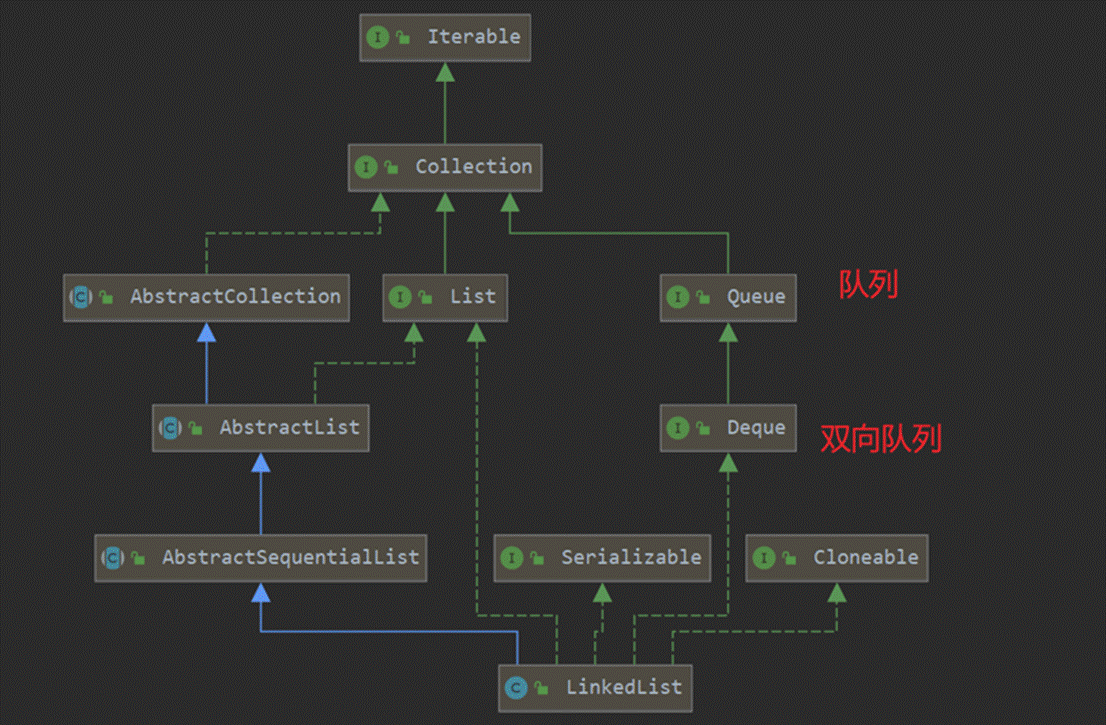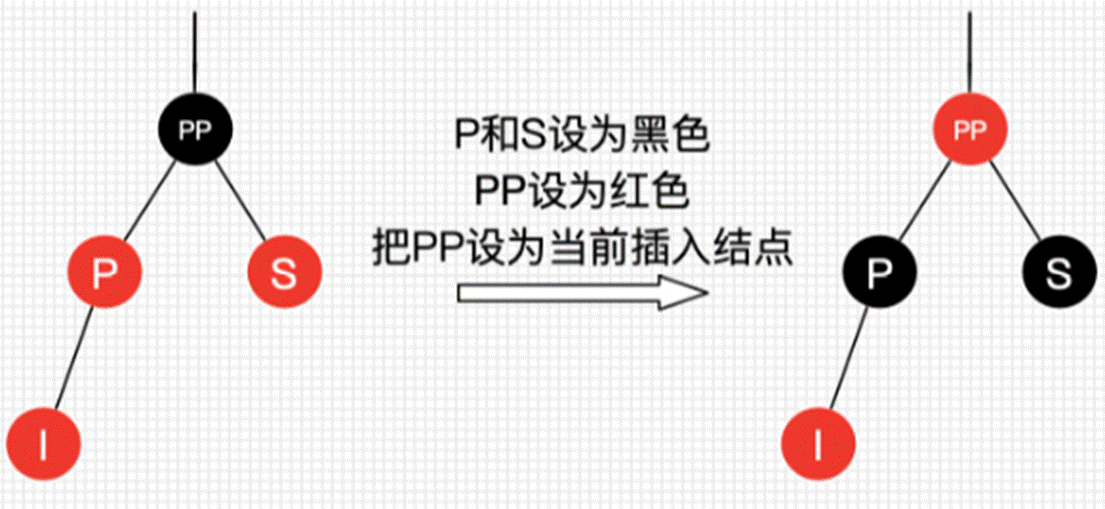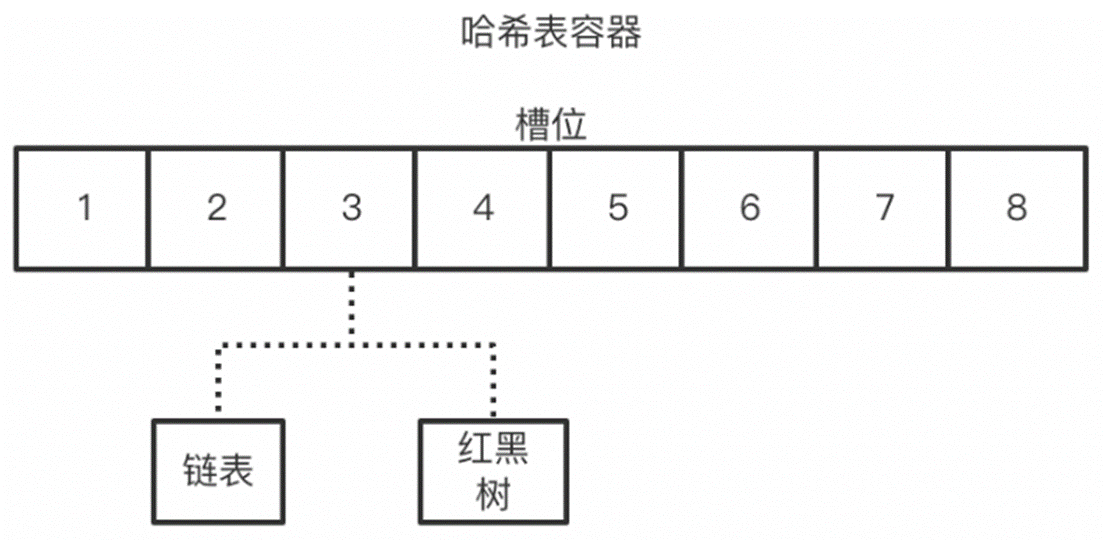本篇文章主要介绍了springmvc集成shiro登录权限示例代码,小编觉得挺不错的,现在分享给大家,也给大家做个参考。一起跟随小编过来看看吧
一般的登录流程会有:用户名不存在,密码错误,验证码错误等..
在集成shiro后,应用程序的外部访问权限以及访问控制交给了shiro来管理。
shiro提供了两个主要功能:认证(Authentication)和授权(Authorization);认证的作用是证明自身可以访问,一般是用户名加密码,授权的作用是谁可以访问哪些资源,通过开发者自己的用户角色权限系统来控制。
shiro的会话管理和缓存管理不在本文范围内。
下面通过登录失败的处理流程来介绍springmvc与shiro的集成。
项目依赖:
依赖名称
版本
spring
4.1.4.RELEASE
shiro
1.2.2
self4j
1.7.5
log4j
1.2.17
在web.xml里配置shiro
shiroFilterorg.springframework.web.filter.DelegatingFilterProxytargetFilterLifecycletrueshiroFilter/*
新建一个spring-context-shiro.xml配置shiro相关信息,使用spring加载
Shiro Configuration /sys/login = authc /sys/logout = logout /sys/** = user
新建一个登录认证过滤器FormAuthenticationFilter.java
import javax.servlet.ServletRequest; import javax.servlet.ServletResponse; import org.apache.shiro.authc.AuthenticationToken; import org.apache.shiro.web.util.WebUtils; import org.springframework.stereotype.Service; /** * 表单验证(包含验证码)过滤类*/ @Service public class FormAuthenticationFilter extends org.apache.shiro.web.filter.authc.FormAuthenticationFilter { public static final String DEFAULT_CAPTCHA_ParaM = "validateCode"; private String captchaParam = DEFAULT_CAPTCHA_ParaM; public String getCaptchaparam() { return captchaParam; } protected String getCaptcha(ServletRequest request) { return WebUtils.getCleanParam(request, getCaptchaparam()); } protected AuthenticationToken createtoken(ServletRequest request, ServletResponse response) { String username = getUsername(request); String password = getpassword(request); String locale = request.getParameter("locale"); if (password == null) { password = ""; } boolean rememberMe = isRememberMe(request); String host = getHost(request); String captcha = getCaptcha(request); return new UsernamePasswordToken(username, password.tochararray(),locale, rememberMe, host, captcha); } }
新建令牌类UsernamePasswordToken.java
package com.chunhui.webservice.modules.sys.security; /** * 用户和密码(包含验证码)令牌类*/ public class UsernamePasswordToken extends org.apache.shiro.authc.UsernamePasswordToken { private static final long serialVersionUID = 1L; private String captcha; private String locale; public String getCaptcha() { return captcha; } public void setCaptcha(String captcha) { this.captcha = captcha; } public String getLocale() { return locale; } public void setLocale(String locale) { this.locale = locale; } public UsernamePasswordToken() { super(); } public UsernamePasswordToken(String username, char[] password, boolean rememberMe, String host, String captcha) { super(username, password, rememberMe, host); this.captcha = captcha; } public UsernamePasswordToken(String username, char[] password, String locale,boolean rememberMe, String host, String captcha) { super(username, password, rememberMe, host); this.captcha = captcha; this.locale = locale; } }
最后一个是认证实现类SystemAuthorizationRealm:
package com.chunhui.webservice.modules.sys.security; import java.io.Serializable; import java.util.HashMap; import java.util.List; import java.util.Map; import javax.annotation.postconstruct; import com.chunhui.webservice.common.utils.EmployeeType; import com.chunhui.webservice.common.utils.VertifyStatus; import org.apache.commons.lang3.StringUtils; import org.apache.shiro.SecurityUtils; import org.apache.shiro.authc.*; import org.apache.shiro.authc.credential.HashedCredentialsMatcher; import org.apache.shiro.authz.AuthorizationInfo; import org.apache.shiro.authz.SimpleAuthorizationInfo; import org.apache.shiro.cache.Cache; import org.apache.shiro.realm.AuthorizingRealm; import org.apache.shiro.session.Session; import org.apache.shiro.subject.PrincipalCollection; import org.apache.shiro.subject.SimplePrincipalCollection; import org.apache.shiro.subject.Subject; import org.springframework.context.annotation.DependsOn; import org.springframework.stereotype.Service; import com.chunhui.webservice.common.servlet.ValidateCodeServlet; import com.chunhui.webservice.common.utils.SpringContextHolder; import com.chunhui.webservice.modules.sys.entity.Employee; import com.chunhui.webservice.modules.sys.entity.Menu; import com.chunhui.webservice.modules.sys.service.SystemService; import com.chunhui.webservice.modules.sys.utils.SystemUtils; import com.chunhui.webservice.modules.sys.web.LoginController; /** * 系统安全认证实现类*/ @Service @DependsOn({ "employeeDao", "roleDao", "menuDao" }) public class SystemAuthorizingRealm extends AuthorizingRealm { private SystemService systemService; /** * 认证回调函数, 登录时调用 */ @Override protected AuthenticationInfo doGetAuthenticationInfo(AuthenticationToken authcToken) throws AuthenticationException { UsernamePasswordToken token = (UsernamePasswordToken) authcToken; // 判断验证码 Session session = SecurityUtils.getSubject().getSession(); // 设置独立的session会话超时时间 session.setTimeout(60000); String code = (String) session.getAttribute(ValidateCodeServlet.VALIDATE_CODE); if (token.getCaptcha() == null || !token.getCaptcha().toupperCase().equals(code)) { throw new CaptchaException("验证码错误!"); } //如果帐号不存在,输出 //throw new UnkNownAccountException(); //如果帐号被禁用,输出 //throw new disabledAccountException(); //保存登录时选择的语言 SecurityUtils.getSubject().getSession().setAttribute("locale", token.getLocale()); try{ SimpleAuthenticationInfo info = new SimpleAuthenticationInfo(new Principal(employee), employee.getpassword(), getName()); return info; }catch (Throwable t){ t.printstacktrace(); throw new AuthenticationException(); } }/** * 授权查询回调函数, 进行鉴权但缓存中无用户的授权信息时调用 */ @Override protected AuthorizationInfo doGetAuthorizationInfo(PrincipalCollection principals) { Principal principal = (Principal) getAvailablePrincipal(principals); Employee employee = getSystemService().getEmployeeByName(principal.getUsername()); if (employee != null) { SystemUtils.putCache("employee", employee); SimpleAuthorizationInfo info = new SimpleAuthorizationInfo(); List list = SystemUtils.getMenuList(); for (Menu menu : list) { if (StringUtils.isNotBlank(menu.getPermission())) { // 添加基于Permission的权限信息 for (String permission : StringUtils.split(menu.getPermission(), ",")) { info.addStringPermission(permission); } } } // 更新登录IP和时间 getSystemService().updateEmployeeLoginInfo(employee.getId()); return info; } else { return null; } } /** * 清空用户关联权限认证,待下次使用时重新加载 */ public void clearCachedAuthorizationInfo(String principal) { SimplePrincipalCollection principals = new SimplePrincipalCollection(principal, getName()); clearCachedAuthorizationInfo(principals); } /** * 清空所有关联认证 */ public void clearallCachedAuthorizationInfo() { Cache cache = getAuthorizationCache(); if (cache != null) { for (Object key : cache.keys()) { cache.remove(key); } } } /** * 获取系统业务对象 */ public SystemService getSystemService() { if (systemService == null) { systemService = SpringContextHolder.getBean(SystemService.class); } return systemService; } /** * 授权用户信息 */ public static class Principal implements Serializable { private static final long serialVersionUID = 1L; private String id; private String username; private String realname; private Map cacheMap; public Principal(Employee employee) { this.id = employee.getId(); this.username = employee.getUsername(); this.realname = employee.getRealname(); } public String getId() { return id; } public String getUsername() { return username; } public String getRealname() { return realname; } public Map getCacheMap() { if (cacheMap == null) { cacheMap = new HashMap(); } return cacheMap; } } }

